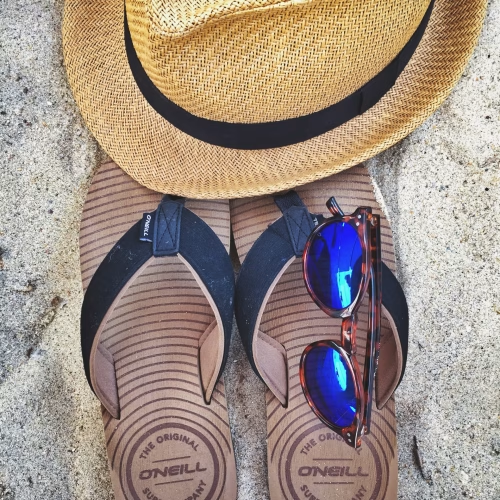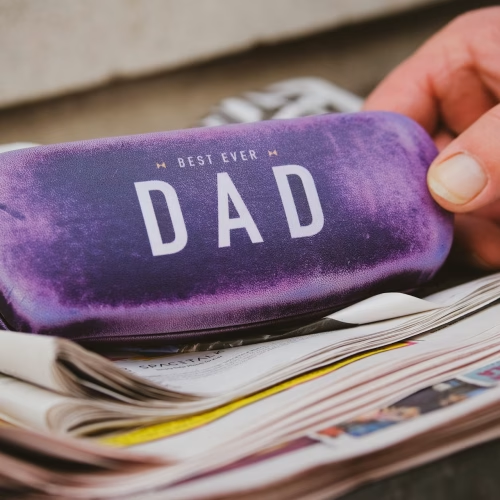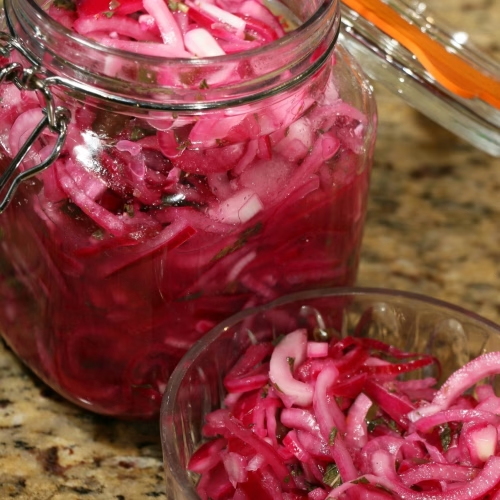What Can Happen If You Ignore Tartar
I usually thought brushing once a day was enough. I didn’t really think about what happened in between meals or after sipping sweet drinks.
While flossing, I noticed my gums were bleeding. My breath was bad too, even after brushing. That’s when I realized something wasn’t right.
That sticky stuff on your teeth is the plaque. It hides in places your toothbrush doesn’t always reach. And it’s not just sitting there quietly.
It’s making acid. This acid wears down the outer part of your teeth, which is called enamel. This article by the ADA explains it well. Once that’s gone, your teeth are wide open to pain and decay.
As that plaque builds up, it hardens into something rough called tartar. You can’t remove tartar by brushing.
That’s when problems get serious. Gums get red, swollen, and start pulling back from your teeth. Over time, your teeth loosen. That’s how many people end up losing their teeth.
This post contains affiliate links, which means I may earn a small commission at no extra cost to you
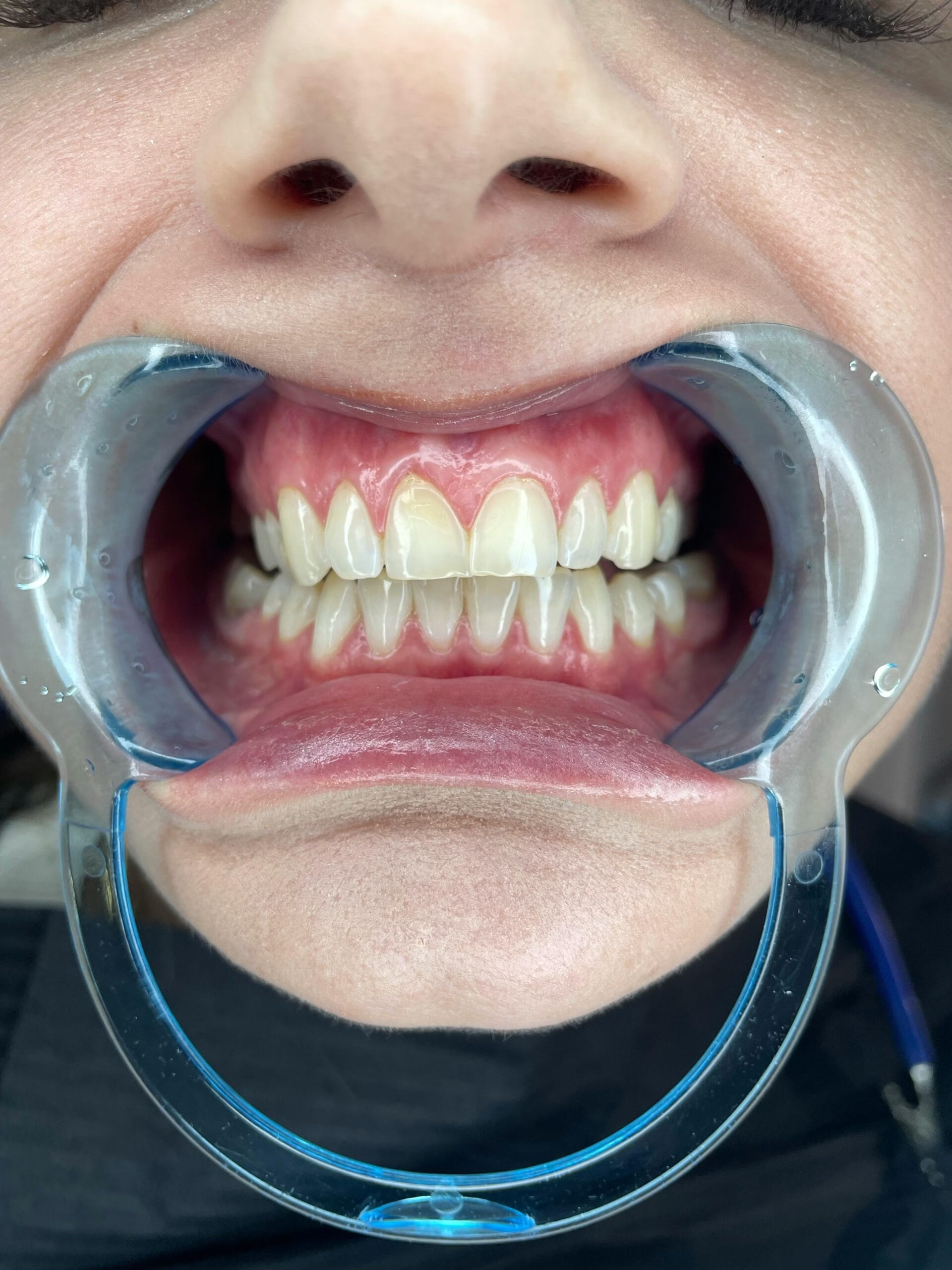
Bad Breath Isn’t Just From Garlic
I have a friend who brushes his teeth every morning, but always has bad breath by lunch. He doesn’t understand why. Turns out, it wasn’t what he eats. It is that invisible layer of bacteria living in his mouth.
When plaque stays too long, bacteria multiply. They give off bad odors. It doesn’t matter how minty your toothpaste is; if the source of the smell is bacteria and infection, nothing will mask it for long.
This is where gum disease starts to creep in. If your gums bleed when brushing, that’s a big sign. It’s not normal, and it doesn’t go away on its own.
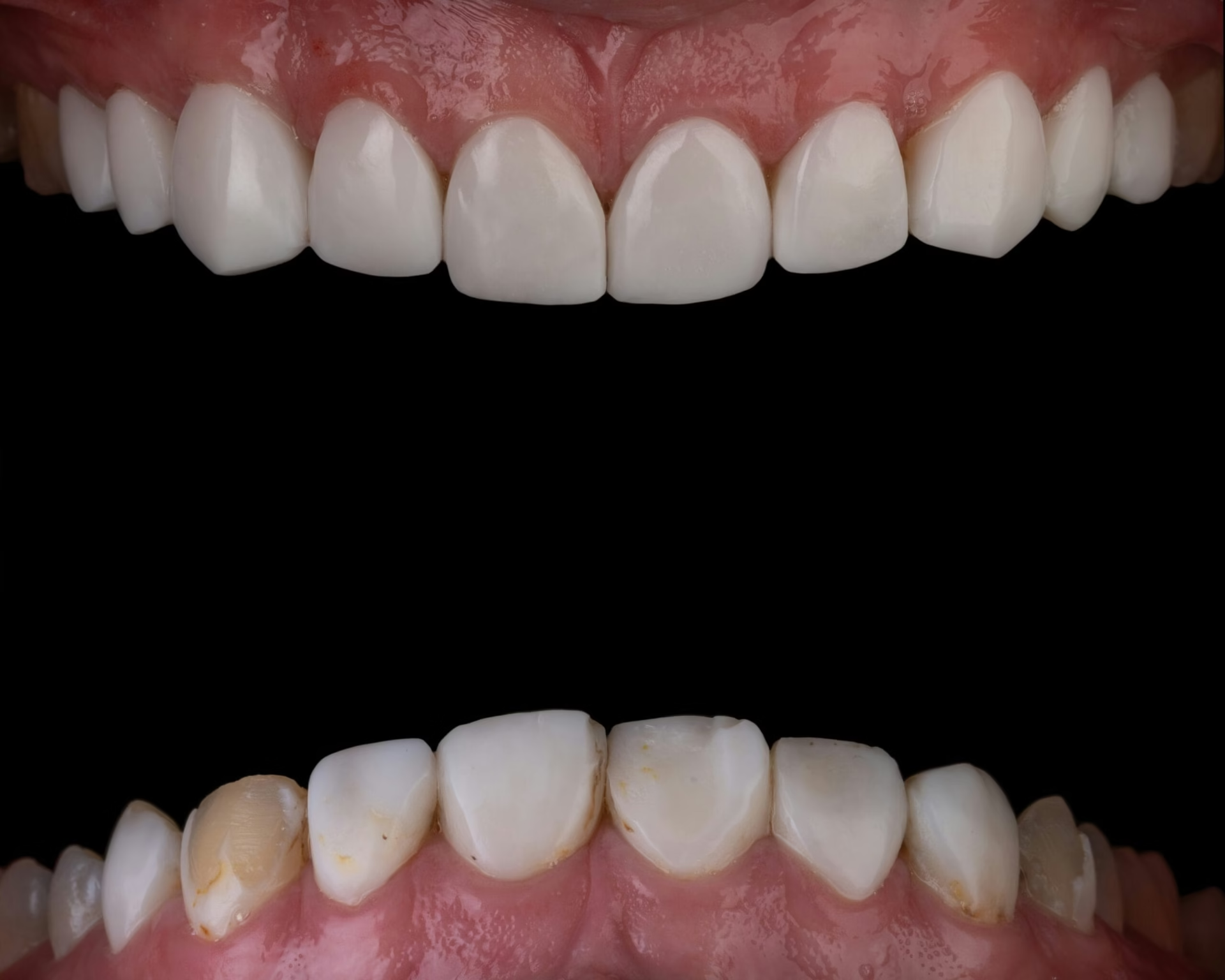
How Baking Soda Helped Me Fight Plaque and Bad Breath
The day I started using baking soda, I didn’t have high expectations.. I mixed a small spoonful of it with water to make a soft paste and brushed it like I normally do.
After rinsing, my teeth already felt different. Smoother. Cleaner.
I kept doing it every other day. In two weeks, my gums looked healthier. The gritty feeling on my bottom front teeth was gone.
Baking soda works by changing the acid level in your mouth. Acid is what bacteria love. Less acid, fewer bacteria. It also helps break down stains and gently scrubs the teeth without hurting them, if you use it the right way.
| Feature | Baking Soda | Regular Toothpaste |
| Plaque Removal | Gently scrubs away plaque | Removes plaque with fluoride and abrasives |
| Tartar Prevention | Helps reduce buildup when used often | Prevents tartar with active ingredients |
| Whitening | Natural stain remover | Contains chemical whiteners |
| pH Balance | Neutralizes acids in the mouth | May not always balance pH |
| Antibacterial | Mild antibacterial properties | Some have antibacterial ingredients |
| Healing Mouth Sores | Can soothe and speed up healing | Usually doesn’t target mouth sores |
| Ingredients | Just one – sodium bicarbonate | Multiple ingredients and additives |
| Cost | Very affordable | Varies, usually higher |
The Way I Use Baking Soda at Home
Here’s how I do it:
- Mix a small spoonful of baking soda with just enough water to make a paste.
- Use a soft-bristle toothbrush.
- Brush gently in small circles. No scrubbing hard.
- Leave the paste on your teeth for about 10 minutes before rinsing.
- I do this two to three times a week, not daily.
I like to mix it with coconut oil or a drop of peppermint oil. That’s fine too, but plain works just as well.
Note: Baking soda should not replace regular toothpaste or fluoride treatments recommended by dentists.
How Your Diet Affects Your Dental Health
I used to snack a lot:
Chocolate
Chips
Biscuits
I thought brushing would cancel out all that. I was wrong.
Foods like white bread, soda, candy, and most things that come in a packet turn into sugar in your mouth. That sugar feeds the bacteria that create plaque.
Once I started eating more whole foods, carrots, apples, and even chewing celery, my mouth felt cleaner. Crunchy foods naturally scrub the teeth while you chew. They also don’t leave behind sticky residue.
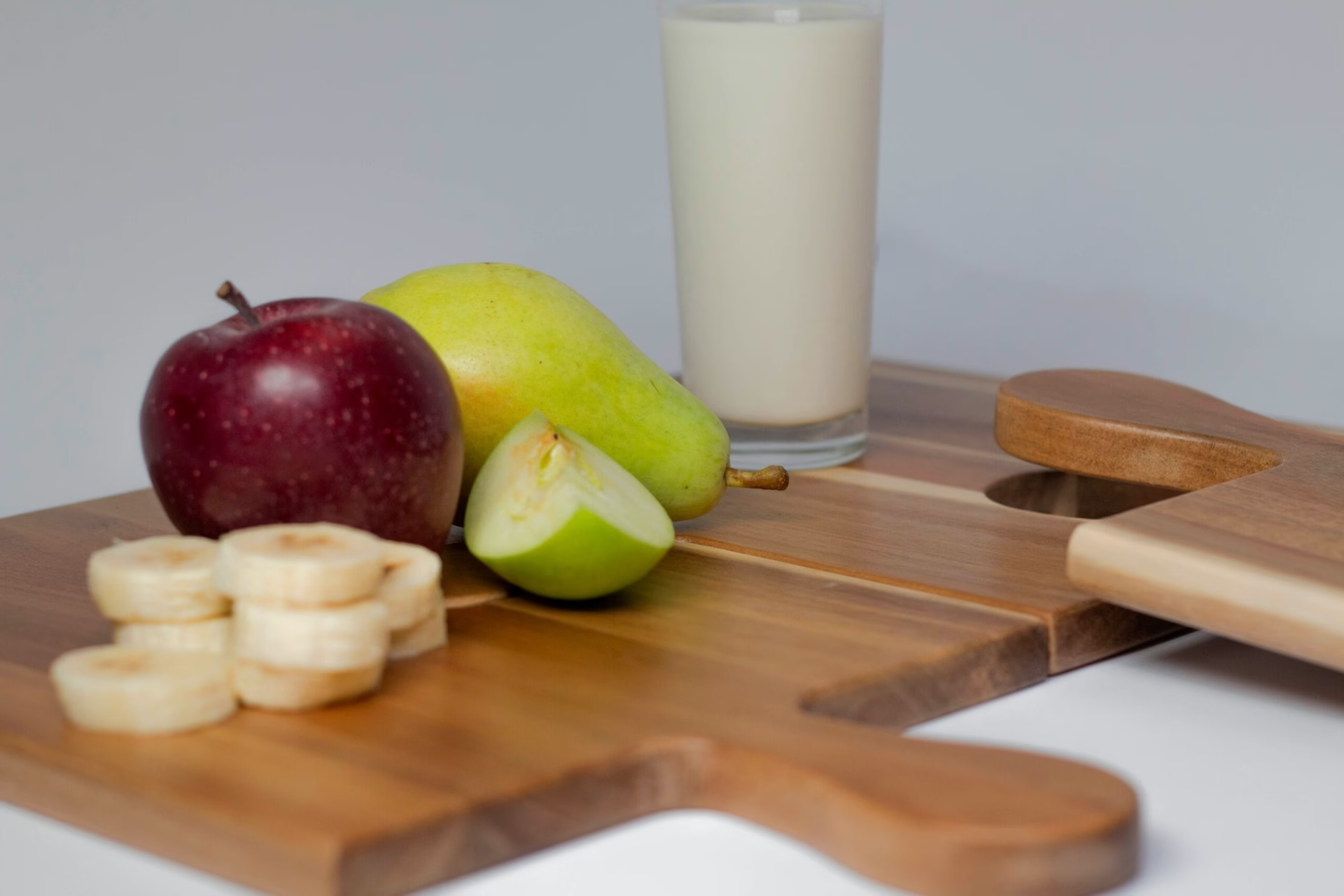
One Thing People Often Forget
This one surprised me. Most people brush the front of their teeth. They sometimes even brush the sides. But they forget to brush their tongue.
That white or yellow coating is bacteria. And it can be just as smelly as unbrushed teeth. I started brushing my tongue every night. Within days, my breath was fresher in the morning.
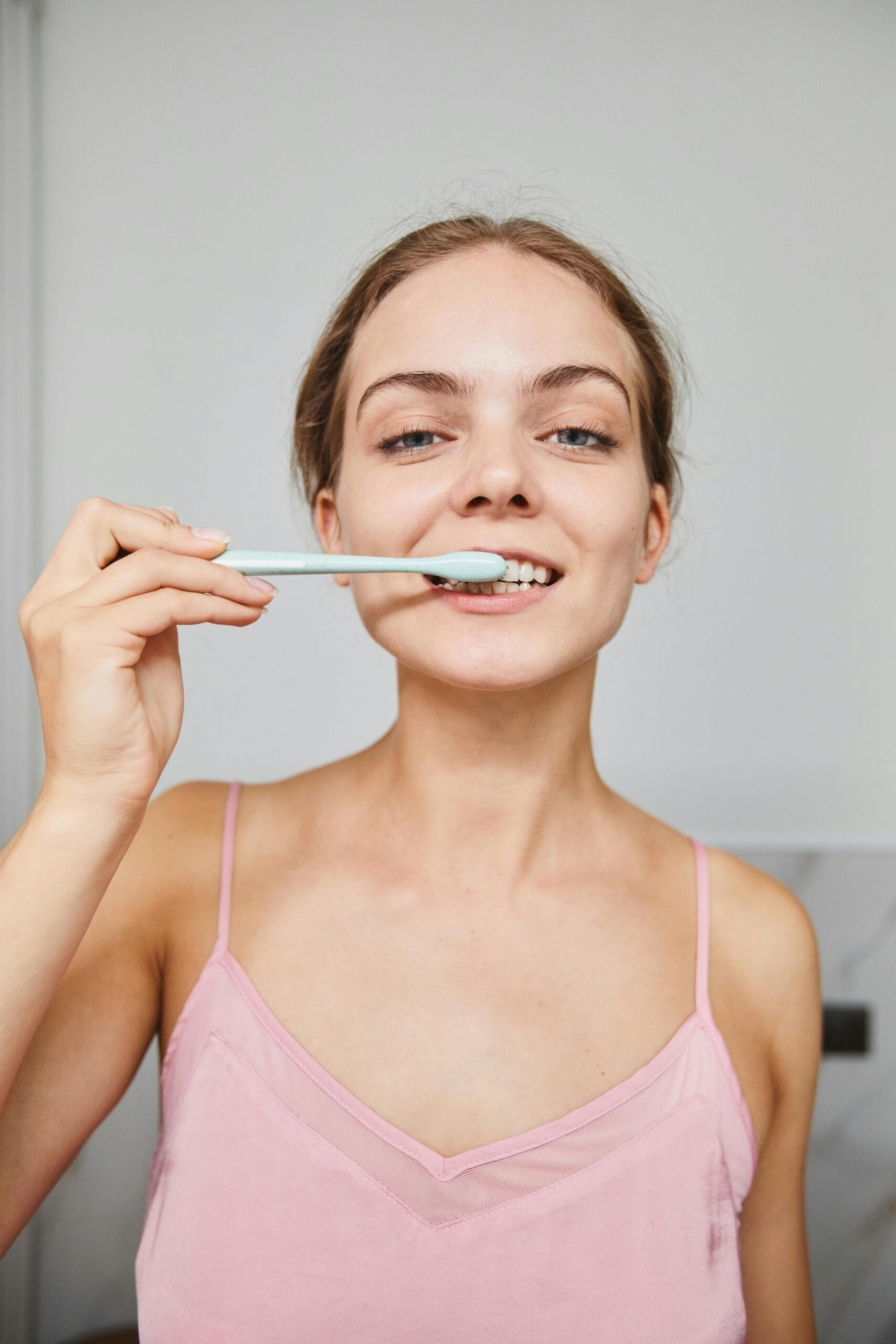
Things That Can Go Wrong If You Use Baking Soda Wrong
Some people say baking soda ruins your enamel. I looked into it and even asked my dentist.
If you brush too hard or use it too often, yes, it can wear away your enamel over time. That’s why brushing gently and not using it every single day is key.
It’s not about scrubbing hard. It’s about letting it sit and do the work for you. Think of it more like a mask for your teeth than a scrub.
Mistakes I Was Making That You Might Be Too
These are some small things I used to do that caused big problems later:
- Brushing right after drinking soda. Acid weakens your enamel. Brushing right after can make it worse.
- Using a hard-bristle toothbrush. I thought it cleaned better. It scratched my gums.
- Only brushing and skipping floss. Plaque loves those tight spaces between teeth.
- I have not been replacing my toothbrush for months.
Once I fixed these, my gums stopped bleeding. My breath got better, too.
| Brushing Mistake | What Happens to Your Teeth and Gums |
| Brushing too hard | Wears down enamel, causes gum recession |
| Not brushing long enough | Wears down enamel, causing gum recession |
| Using a worn-out toothbrush | Ineffective cleaning, bacteria build up on the bristles |
| Skipping nighttime brushing | Wears down enamel, causing gum recession |
My Oral Care Favorites
- My favorite soft-bristle toothbrush
- Food-grade baking soda for teeth
- Coconut oil for oil pulling
- Natural peppermint oil drops
Related Self-Care Reads:





